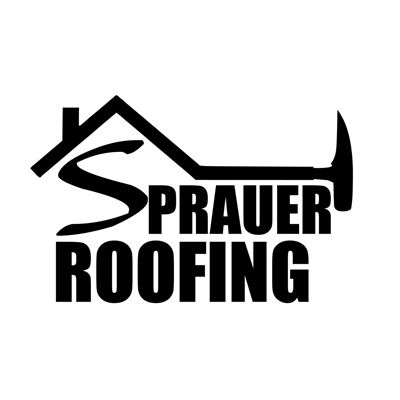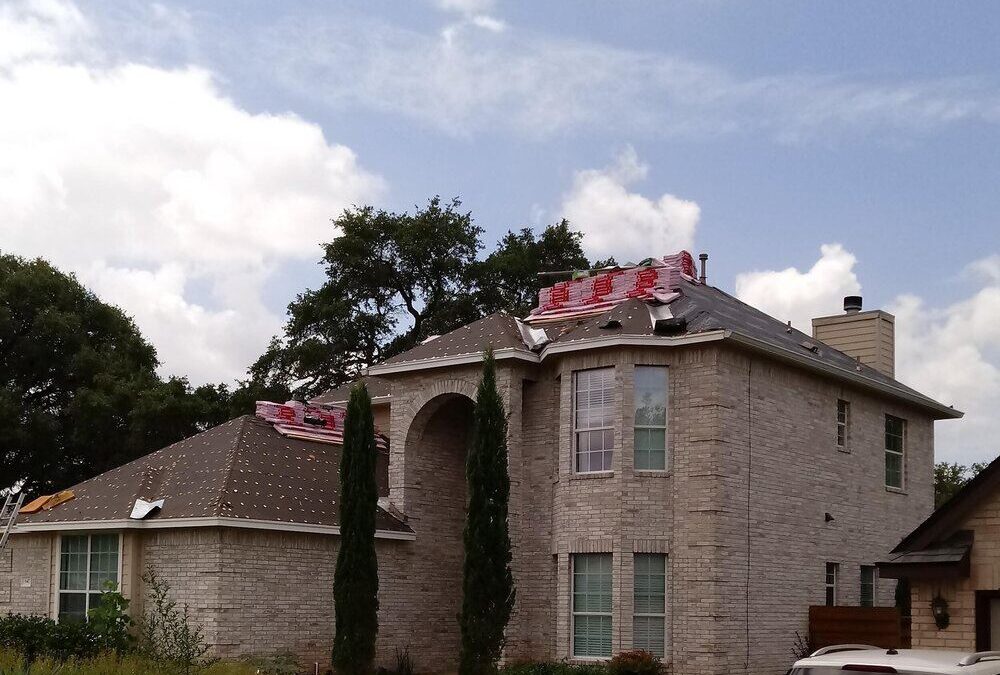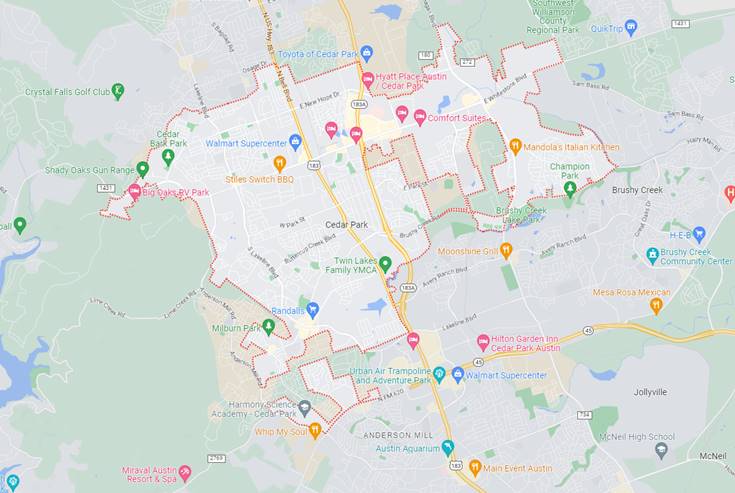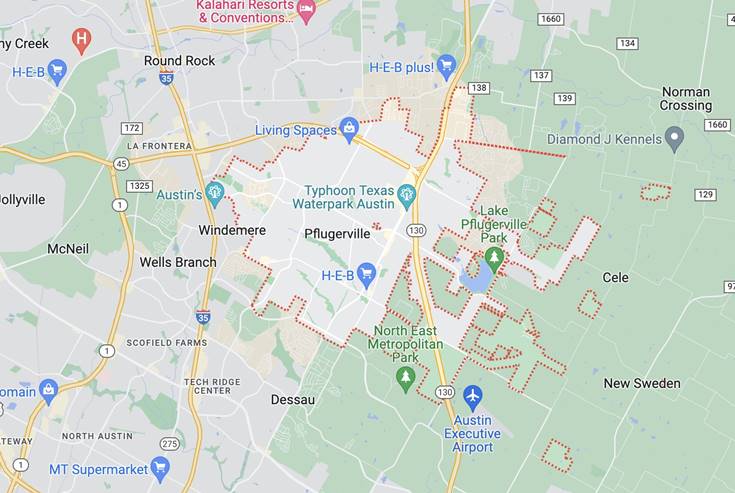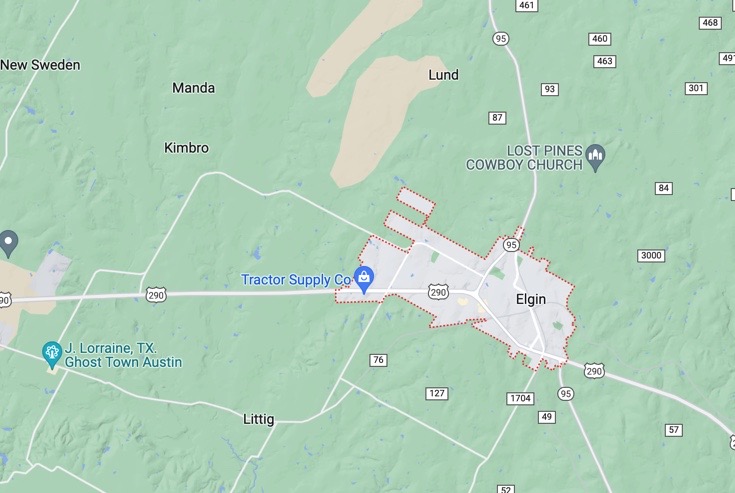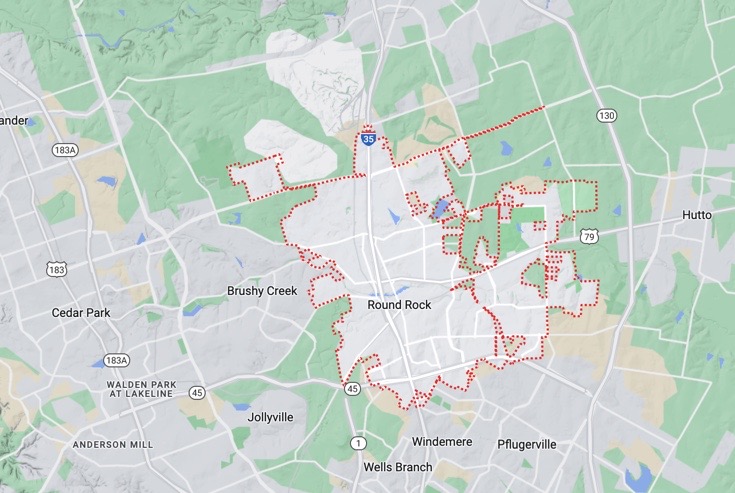A well-maintained roof is essential for protecting your home from the elements and ensuring the safety and comfort of its inhabitants. A damaged or deteriorating roof can lead to leaks, energy inefficiencies, and even structural damage to your home. It’s crucial to be aware of the warning signs that your roof may need replacement, so you can take action before more severe problems arise. This article will discuss the importance of a well-maintained roof and the common factors that contribute to roof deterioration.
Importance of a Well-Maintained Roof
A well-maintained roof is a vital aspect of home maintenance. It not only keeps your home dry and insulated but also contributes to the overall aesthetic and curb appeal of your property. A damaged or neglected roof can lead to expensive repairs, energy waste, and even health hazards due to mold and mildew growth. Moreover, a compromised roof can result in structural damage to your home, putting your family’s safety at risk.
Common Factors that Contribute to Roof Deterioration
There are several factors that contribute to the deterioration of a roof. Some of these factors include:
- Age: As your roof ages, the materials will naturally degrade, making it more susceptible to damage and leaks.
- Weather: Extreme weather conditions such as heavy rain, hail, snow, and high winds can cause damage to your roof over time.
- Improper Installation: A poorly installed roof can lead to premature failure and a shorter lifespan.
- Material Quality: Low-quality roofing materials are more prone to wear and tear, reducing the lifespan of your roof.
- Lack of Maintenance: Regular roof inspections and maintenance can help prevent minor issues from becoming major problems. Neglecting routine maintenance can lead to faster deterioration.
Being aware of these factors can help you identify potential problems early on and make informed decisions about when it’s time for a roof replacement.
Age of Your Roof
The age of your roof plays a crucial role in determining whether it’s time for a roof replacement. Different roofing materials have varying lifespans, and understanding the average lifespan of your specific material can help you decide when it’s time to invest in a new roof.
Average Lifespan of Different Roofing Materials
- Asphalt Shingles: The most common roofing material, asphalt shingles typically last 15-30 years, depending on the quality and installation.
- Wood Shakes: Wood shake roofs can last anywhere from 20-40 years, but they require regular maintenance to prevent rot and insect damage.
- Metal Roofing: Metal roofs have a longer lifespan, typically lasting 40-70 years, making them an excellent long-term investment.
- Tile and Slate: Tile and slate roofs are known for their durability, with lifespans often exceeding 50 years. However, they can be more expensive to install and maintain.
Signs of an Aging Roof
As your roof ages, you may notice some signs of wear and tear. These can include curled or cracked shingles, granule loss, moss or algae growth, and leaks. If you notice any of these signs, it’s essential to have a professional inspect your roof to determine whether repairs or a full replacement is necessary.
Importance of Regular Inspections
Regular roof inspections are crucial for detecting problems early and extending the lifespan of your roof. It’s recommended to have your roof inspected at least once a year or after severe weather events. A professional roofing contractor can identify potential issues and recommend the appropriate course of action, such as repairs or replacement, to maintain the integrity and functionality of your roof.
Damaged or Missing Shingles
Damaged or missing shingles are a clear indicator that your roof may need replacement. Shingle damage can take various forms and have different causes, but ignoring the problem can lead to more severe issues and costly repairs.
Types of Shingle Damage
- Curling or Buckling: Shingles that are curling or buckling have likely reached the end of their lifespan and are more susceptible to wind and water damage.
- Cracked or Broken Shingles: Cracked or broken shingles can allow water to penetrate your roof, potentially leading to leaks and damage to your home’s interior.
- Granule Loss: As shingles age, they can lose their protective granules, exposing the underlying material to the elements and making your roof more vulnerable to damage.
Causes of Shingle Damage
There are several possible causes of shingle damage, including extreme weather conditions, improper installation, and natural wear and tear. Weather events such as hail, high winds, and heavy rain can cause shingles to become damaged or dislodged. Additionally, poor installation techniques or inadequate ventilation can result in shingle issues, while the natural aging process can also lead to damage over time.
Risks of Ignoring Damaged or Missing Shingles
Ignoring damaged or missing shingles can have severe consequences for your home. Water infiltration is a significant concern, as it can lead to leaks, mold growth, and structural damage. Furthermore, damaged shingles can compromise your roof’s overall integrity, making it more vulnerable to additional damage from wind and other weather events. Promptly addressing damaged or missing shingles through repairs or a full roof replacement can help protect your home and prevent more costly issues down the line.
Sagging Roof
A sagging roof is a serious issue that should not be ignored, as it can indicate underlying problems with your home’s structure. In this section, we will discuss how to identify a sagging roof, the potential causes, and the risks and consequences of not addressing this issue promptly.
Identifying a Sagging Roof
To identify a sagging roof, look for visible signs of unevenness or depressions in the roofline, both from the ground and inside your attic. You may also notice cracked or damaged rafters, water stains, or other signs of distress in the attic space. If you suspect your roof may be sagging, it’s crucial to have a professional roofing contractor or structural engineer assess the situation as soon as possible.
Causes of a Sagging Roof
- Excess Weight from Snow or Ice: Heavy snow or ice accumulation can place significant strain on your roof, leading to sagging or even collapse in extreme cases.
- Structural Issues: Problems with the framing or support system of your roof, such as inadequate support or design flaws, can cause sagging over time.
- Water Damage: Persistent water leaks or damage can weaken your roof’s structure and lead to sagging, particularly if left unaddressed for an extended period.
Risks and Consequences of Not Addressing a Sagging Roof
Ignoring a sagging roof can have severe consequences for your home and its inhabitants. A sagging roof may indicate that the structural integrity of your home is compromised, posing a risk to your family’s safety. In addition, a sagging roof can exacerbate existing issues, such as water damage and mold growth, leading to further deterioration and more costly repairs. Promptly addressing a sagging roof through repairs or replacement is essential for maintaining the safety and value of your home.
Leaks and Water Damage
Leaks and water damage are significant warning signs that your roof may need replacement. In this section, we will discuss how to identify leaks and water damage, the potential causes, and the risks associated with not addressing these issues promptly.
Identifying Leaks and Water Damage
There are several interior and exterior signs that can indicate leaks and water damage in your home:
Interior Signs
- Ceiling Stains: Discolored or stained areas on your ceiling may indicate water penetration from a leaky roof.
- Damp Walls: Moisture or dampness on walls, particularly near the ceiling, can signal a leak or water intrusion from above.
- Mold and Mildew: The presence of mold or mildew on walls, ceilings, or in your attic may be a sign of persistent moisture issues related to your roof.
Exterior Signs
- Damaged Flashing: Cracked or damaged flashing around roof penetrations (e.g., chimneys, vents) can allow water to enter your home.
- Moisture in the Attic: Excessive moisture or signs of water damage in your attic can indicate a leak or other roofing issue.
Causes of Leaks and Water Damage
Leaks and water damage can result from a variety of factors, including damaged or missing shingles, improper installation, age-related wear and tear, or damage from severe weather events. Identifying the cause of the leak is essential to determine the appropriate course of action, such as repairs or a full roof replacement.
Risks of Not Addressing Leaks and Water Damage
Ignoring leaks and water damage can have serious consequences for your home and your family’s health. Persistent moisture can lead to mold and mildew growth, which can cause respiratory issues and other health problems. In addition, water intrusion can cause structural damage to your home, such as rotting wood or compromised insulation, leading to more costly repairs and reduced energy efficiency. Addressing leaks and water damage promptly through repairs or roof replacement is crucial for maintaining your home’s integrity and safeguarding your family’s health.
Increased Energy Bills
A damaged or inefficient roof can have a significant impact on your energy bills, as it can lead to increased heating and cooling costs. In this section, we will discuss how a damaged roof affects energy efficiency, how to identify potential energy loss, and the benefits of a well-insulated and energy-efficient roof.
How a Damaged Roof Affects Energy Efficiency
A damaged roof can compromise your home’s insulation and ventilation, allowing heat to escape during the winter and enter during the summer. This results in increased energy consumption, as your heating and cooling systems need to work harder to maintain a comfortable indoor temperature. Damaged or missing shingles, inadequate insulation, and poor ventilation can all contribute to reduced energy efficiency and increased energy bills.
Identifying Potential Energy Loss
To identify potential energy loss due to a damaged roof, consider the following factors:
- Poor Insulation: Insufficient or damaged insulation in your attic can allow heat to escape during the winter and penetrate during the summer, causing your heating and cooling systems to work harder.
- Inadequate Ventilation: Proper attic ventilation helps regulate temperature and moisture levels, preventing energy loss and prolonging the lifespan of your roof. A damaged or improperly ventilated roof can lead to increased energy consumption and moisture-related issues.
Benefits of a Well-Insulated and Energy-Efficient Roof
Investing in a well-insulated and energy-efficient roof offers numerous benefits, including:
- Lower Energy Bills: A well-insulated and ventilated roof can help reduce heating and cooling costs by maintaining a consistent indoor temperature.
- Improved Comfort: An energy-efficient roof can help maintain a comfortable living environment by preventing drafts and temperature fluctuations.
- Increased Home Value: Energy-efficient upgrades, such as a new roof, can increase your home’s value and appeal to potential buyers.
- Environmental Benefits: By reducing energy consumption, an energy-efficient roof can help minimize your home’s environmental impact and contribute to a more sustainable future.
Replacing a damaged or inefficient roof with a more energy-efficient option can help you save money on energy bills, improve your home’s comfort, and contribute to a greener future.
Final Thoughts
In this article, we’ve discussed the five telltale signs that indicate you may need a roof replacement:
- Age of your roof
- Damaged or missing shingles
- Sagging roof
- Leaks and water damage
- Increased energy bills
Timely roof replacement is essential for maintaining the safety and value of your home, as well as preventing more costly repairs down the line. If you’re experiencing any of these signs, it’s crucial to consult with a professional roofing contractor to assess your roof’s condition and determine the appropriate course of action.
Next Steps for Homeowners
If you suspect that your roof may need replacement, the first step is to schedule an inspection with a reputable roofing contractor like Sprauer Roofing in Austin. They can help you evaluate your roof’s condition, provide recommendations for repairs or replacement, and offer guidance on the best roofing materials and options for your specific needs and budget.
Frequently Asked Questions
A. How much does a roof replacement typically cost?
The cost of a roof replacement varies depending on factors such as the size and pitch of your roof, the roofing materials used, and local labor rates. On average, homeowners can expect to pay between $5,000 and $25,000 for a roof replacement. It’s essential to obtain multiple quotes from reputable roofing contractors to ensure you’re getting a fair price.
B. Can I repair my roof instead of replacing it?
In some cases, it may be possible to repair your roof instead of replacing it entirely. However, this depends on the extent of the damage and the age of your roof. A professional roofing contractor can assess your roof’s condition and help you determine whether repairs are sufficient or if a full replacement is necessary.
C. How long does a roof replacement take?
The duration of a roof replacement depends on factors such as the size of your roof, the type of materials used, and weather conditions. On average, a roof replacement can take anywhere from a few days to a couple of weeks. Your roofing contractor will provide you with an estimated timeline for your specific project.
D. What should I look for in a roofing contractor?
When selecting a roofing contractor, consider factors such as experience, licensing and insurance, customer reviews, and a comprehensive written estimate. It’s essential to choose a reputable contractor who can provide quality work and stand behind their services with a warranty.
E. Is it possible to install a new roof over an existing one?
In some cases, it may be possible to install a new roof over an existing one, known as a roof overlay. However, this is not always recommended, as it can add extra weight to your home’s structure and make it more challenging to identify and address underlying issues. A professional roofing contractor can help you determine the best option for your specific situation.
